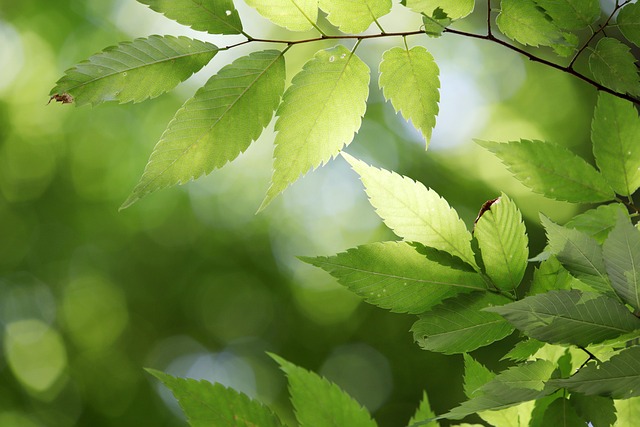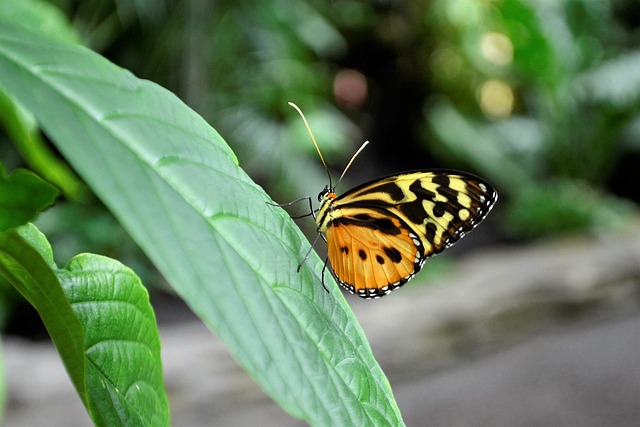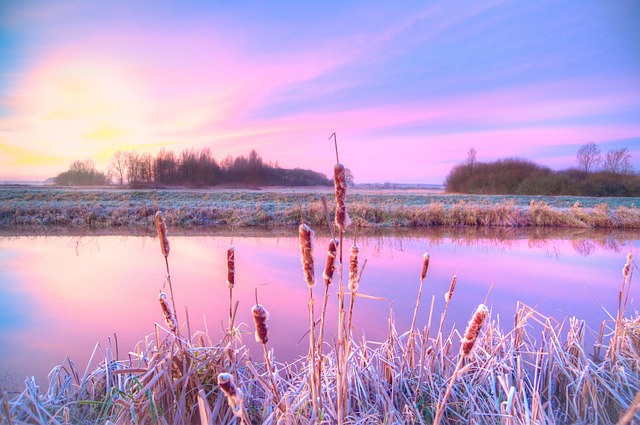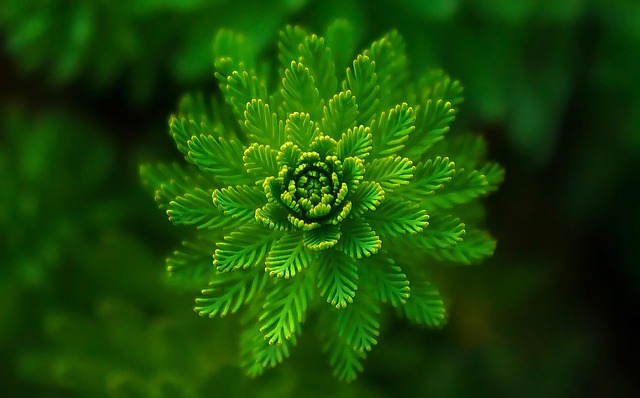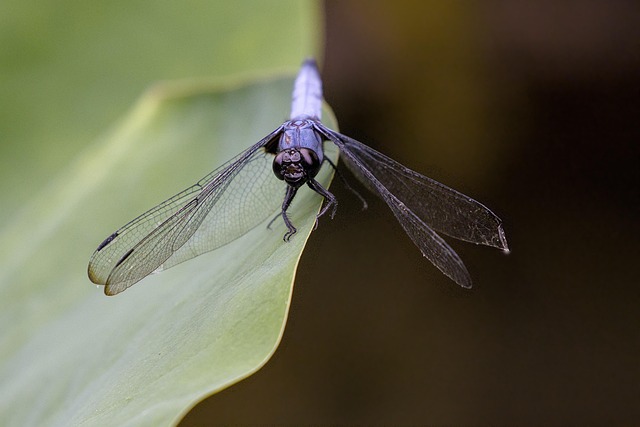In competitive real estate markets, landscaping plays a crucial role in enhancing property value and curb appeal. Mulch and drip irrigation systems are powerful tools for landscapers, offering both aesthetic (color, texture) and practical benefits (moisture retention, weed suppression). Mulch improves soil health and conserves water, while drip irrigation ensures efficient hydration tailored to seasonal needs. Together, these techniques create vibrant, sustainable landscapes that attract buyers and significantly boost real estate value.
Boost your real estate property’s value with strategic landscaping techniques. This article explores how the simple addition of mulch and implementation of drip irrigation systems can transform outdoor spaces. Mulch offers numerous advantages, from enhancing curb appeal to improving soil health and saving time by suppressing weed growth. Drip irrigation systems provide efficient water distribution, targeting plant needs for optimal health while reducing long-term maintenance and water bills. Integrating these methods creates a durable, attractive solution for any real estate investment.
The Benefits of Mulch for Real Estate Value and Landscaping

Mulch is a versatile tool in any landscaper’s arsenal, offering numerous advantages that can significantly enhance both the aesthetics and value of your property. In the competitive real estate market, where first impressions matter, a well-maintained landscape can make a property stand out. One of the most visible benefits of mulch is its ability to beautify garden beds and outdoor spaces. By adding a layer of protective covering, it prevents soil erosion, suppresses weeds, and contributes to a polished, professional look. This visual appeal is crucial in real estate, as potential buyers are often drawn to properties with well-cared-for exteriors.
Moreover, mulch plays a vital role in maintaining the health of your plants and shrubs. It conserves moisture, ensuring that roots stay hydrated during hot summer days and preventing water waste. This is especially beneficial for those seeking to reduce their water usage while still fostering lush, green landscapes. In terms of real estate investment, these water-efficient practices can be a significant selling point, as buyers increasingly prioritize energy and water conservation.
– Enhancing curb appeal

In the real estate world, a well-maintained landscape can significantly enhance curb appeal, making properties more attractive to potential buyers. One effective way to achieve this is by utilizing mulch and drip irrigation systems. Mulch not only adds a pop of color and texture to gardens but also plays a crucial role in retaining soil moisture, suppressing weeds, and regulating temperature. By using organic or inorganic mulches, homeowners can create a visually appealing base for their plants, which is essential in the competitive real estate market.
Drip irrigation systems are another game-changer when it comes to landscaping. These efficient watering solutions deliver water directly to plant roots, minimizing waste and ensuring optimal hydration. In addition to conserving water, drip systems allow for precise control over watering schedules, catering to different plant needs throughout the year. With such benefits, properties with well-designed irrigation and mulching techniques stand out, creating a welcoming and aesthetically pleasing environment that can boost real estate value.
– Improving soil health and water retention
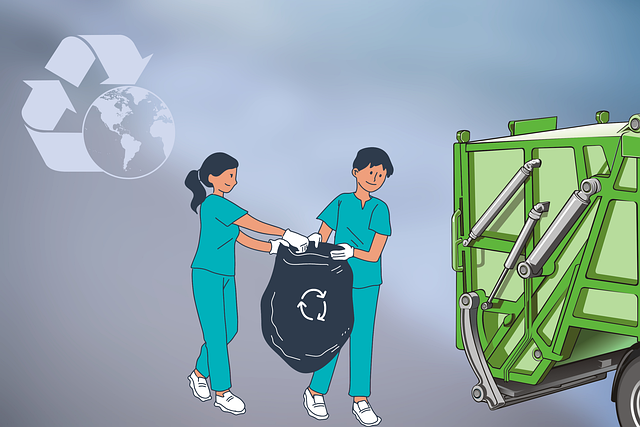
In the realm of Real Estate, maintaining healthy and vibrant landscapes is crucial for property values and aesthetic appeal. One effective strategy that both enhances beauty and supports sustainability is incorporating mulch and drip irrigation systems. Mulch acts as a protective layer, reducing evaporation and preventing soil compaction, which in turn improves water retention. This is particularly beneficial in regions with varying weather patterns, ensuring plants receive adequate hydration during dry spells.
Moreover, the organic matter present in mulch fosters a rich soil environment by encouraging microbial activity and gradually breaking down to add essential nutrients. Combined with drip irrigation systems, which deliver water directly to plant roots, this approach conserves resources by minimizing runoff and preventing over-saturation. The result is a robust, healthy landscape that requires less maintenance while showcasing a beautiful, thriving tapestry.

